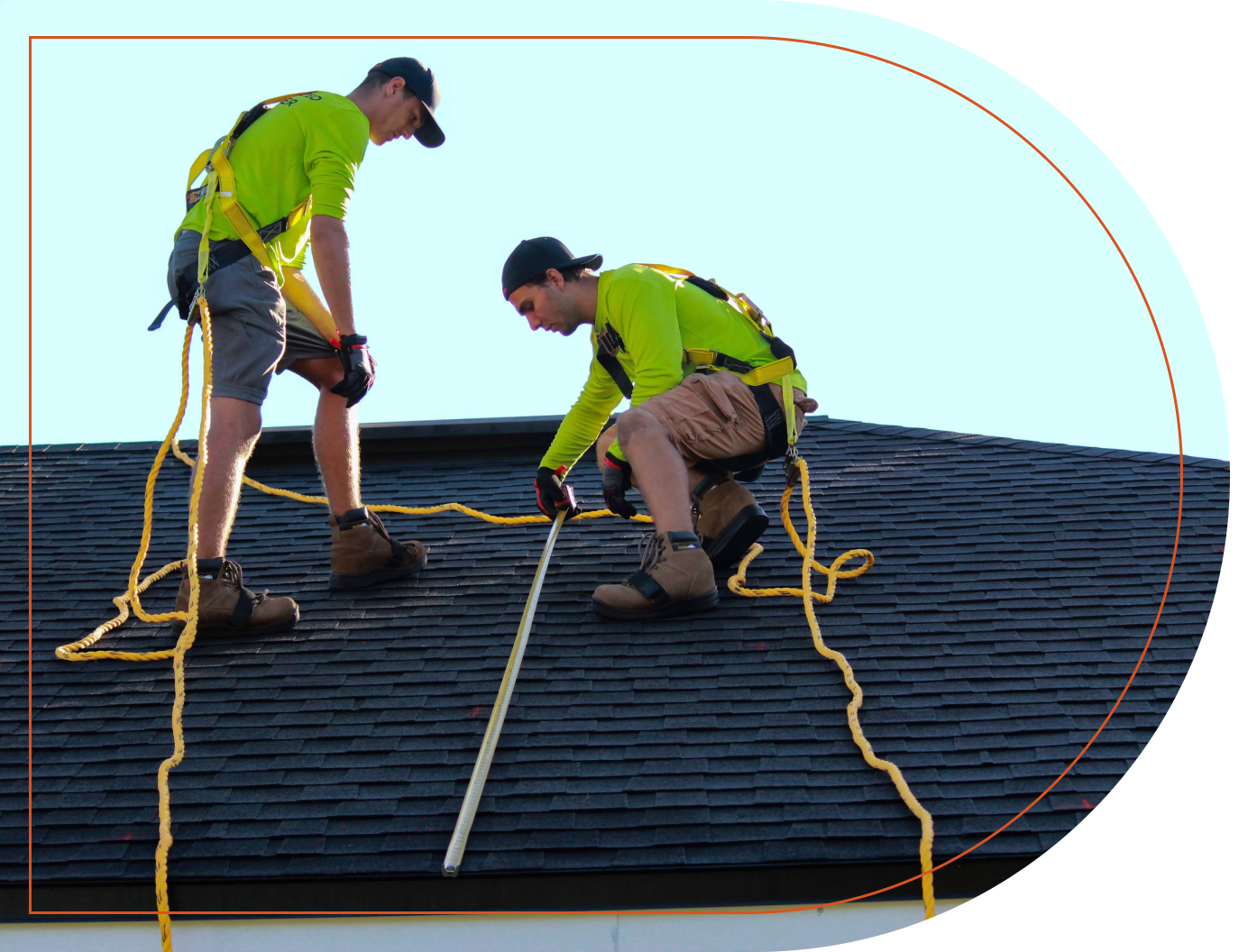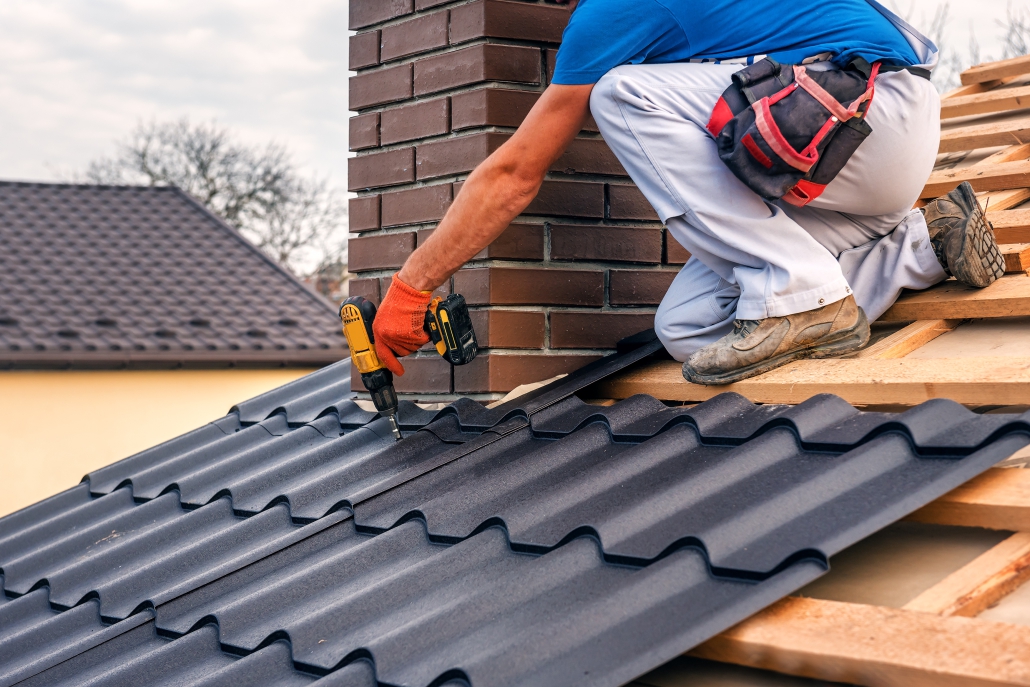A Comprehensive Overview to Effective Roofing Apartment Roof Covering Setup
The complexities of flat roof installment need a careful strategy, beginning with an extensive understanding of various flat roofing kinds and the crucial materials required for optimum efficiency. An effective setup hinges not just on the option of materials however also on the prep work and execution of each step involved in the process.
Recognizing Flat Roof Types
When thinking about level roofing systems, it is vital to recognize the various types available, as each offers distinctive benefits and downsides customized to details demands. One of the most usual types of level roof coverings include Built-Up Roofing (BUR), Modified Asphalt, and Single-Ply membrane layers.
Built-Up Roofing includes numerous layers of asphalt and gravel, providing superb toughness and weather resistance. It is specifically beneficial in areas susceptible to extreme weather however might require more upkeep because of its intricate building.
Customized Asphalt is a popular selection for its ease of setup and versatility. It commonly employs a self-adhesive or torch-applied approach, which can be helpful for quick fixings and lasting performance. Nonetheless, its life expectancy can be shorter contrasted to BUR.
Single-Ply membranes, consisting of Thermoplastic Olefin (TPO) and Ethylene Propylene Diene Monomer (EPDM), are acknowledged for their lightweight nature and power efficiency. These products are usually favored for commercial buildings because of their cost-effectiveness and simplicity of installment (Cleveland Roofing Specialists). They might not offer the same degree of insulation as other choices.
Each roof covering kind requires mindful consideration based on climate, budget plan, and particular project needs.
Essential Materials for Flat Roof
A variety of important products are vital for the effective installation of flat roofing systems. The option of products directly influences toughness, performance, and general performance.
One of the key materials is the roofing membrane layer, which can be constructed from different materials such as thermoplastic polyolefin (TPO), ethylene propylene diene monomer (EPDM), or PVC. Each kind supplies distinct benefits, consisting of UV resistance and flexibility, which are crucial for long term performance.
Along with the membrane layer, insulation materials play a substantial role in energy effectiveness. Inflexible foam boards or polyisocyanurate insulation are popular options, as they supply excellent thermal resistance and moisture administration.
In addition, roof covering adhesives and sealants are important for making certain a water tight installation. These products must be compatible with the picked membrane to stop degeneration gradually.
Planning For Installment
Proper prep work is essential for a successful flat roofing system setup, as it lays the foundation for a reliable and sturdy roof. Begin by performing a comprehensive evaluation of the existing roofing structure. Search for indications of damage, including leakages, rot, or poor water drainage, which might jeopardize the new roof. Ensure that the underlying products are audio and can support the weight of the new roofing parts.
Following, gather all necessary devices and materials, making certain that they meet sector requirements. This includes water-proof membranes, insulation, flashing, and bolts. Familiarize on your own with the producer's requirements, as adherence to these guidelines is important for warranty functions.
Furthermore, ensure that the workspace is clear of debris and blockages to facilitate i thought about this effective and safe installment. Think about climate conditions; stay clear of setup throughout heavy rainfall or extreme temperatures, which can influence material efficiency. Educate any passengers of the structure about the future job to ensure security and decrease disruptions. By taking these preparatory steps, you can boost the likelihood of a successful flat roofing installment that meets both structural and visual requirements.
Step-by-Step Installation Process
With the groundwork established through detailed prep work, the following stage entails implementing the level roof covering installment methodically. Begin by making certain that the architectural deck is cost-free and tidy from debris. Next, install a vapor barrier to avoid dampness buildup under the roof product. This step is essential for maintaining the roof's integrity with time.
Complying with the vapor hop over to here barrier setup, put down insulation boards, guaranteeing they fit securely together to decrease thermal connecting. Secure the insulation with appropriate bolts based on the roof covering type and local building ordinance. Once the insulation remains in location, it's time to use the roof membrane. Relying on the chosen material-- such as TPO, EPDM, or customized bitumen-- set up the membrane according to the supplier's specs.
Install flashing around perimeters, vents, and any roofing system infiltrations to enhance waterproofing. After installation, conduct an extensive examination to recognize any kind of possible concerns prior to ending the task, ensuring a reputable and robust flat roof covering system.
Maintenance Tips for Longevity
Normal upkeep is necessary to ensure the longevity and performance of a level roofing system. One of the primary tasks is to conduct routine examinations a minimum of two times a year, ideally in spring and loss. Throughout these examinations, seek indications of wear, such as blisters, cracks, or pooling water, which can show underlying concerns.

Making sure correct drainage is crucial to stop water buildup. Check and clear gutters, downspouts, and scuppers to ensure unhampered water circulation. In addition, inspect seals around vents, skylights, and other penetrations for any type of indications of damage, using caulk or sealer as required to keep a check these guys out water tight barrier.
Lastly, consider professional maintenance services every couple of years for complete maintenances. By adhering to these upkeep pointers, you can dramatically expand the life of your flat roof, guaranteeing it stays a dependable guard against the elements.
Final Thought
Efficient level roofing system installment necessitates an organized method incorporating extensive examinations, material option, and precise preparation. Sticking to the detailed steps during the installation process makes certain the proper application of roof membrane layers and insulation while improving waterproofing through reliable flashing installation.
The complexities of level roof setup need a thorough method, starting with a thorough understanding of various flat roofing kinds and the essential materials required for ideal efficiency.Correct preparation is important for an effective level roof covering installation, as it lays the groundwork for a resilient and efficient roof covering system. After installation, carry out a thorough evaluation to determine any type of prospective problems before wrapping up the job, making sure a durable and trustworthy level roof covering system.

 Val Kilmer Then & Now!
Val Kilmer Then & Now! Loni Anderson Then & Now!
Loni Anderson Then & Now! Karyn Parsons Then & Now!
Karyn Parsons Then & Now! Tyra Banks Then & Now!
Tyra Banks Then & Now! Rachael Leigh Cook Then & Now!
Rachael Leigh Cook Then & Now!